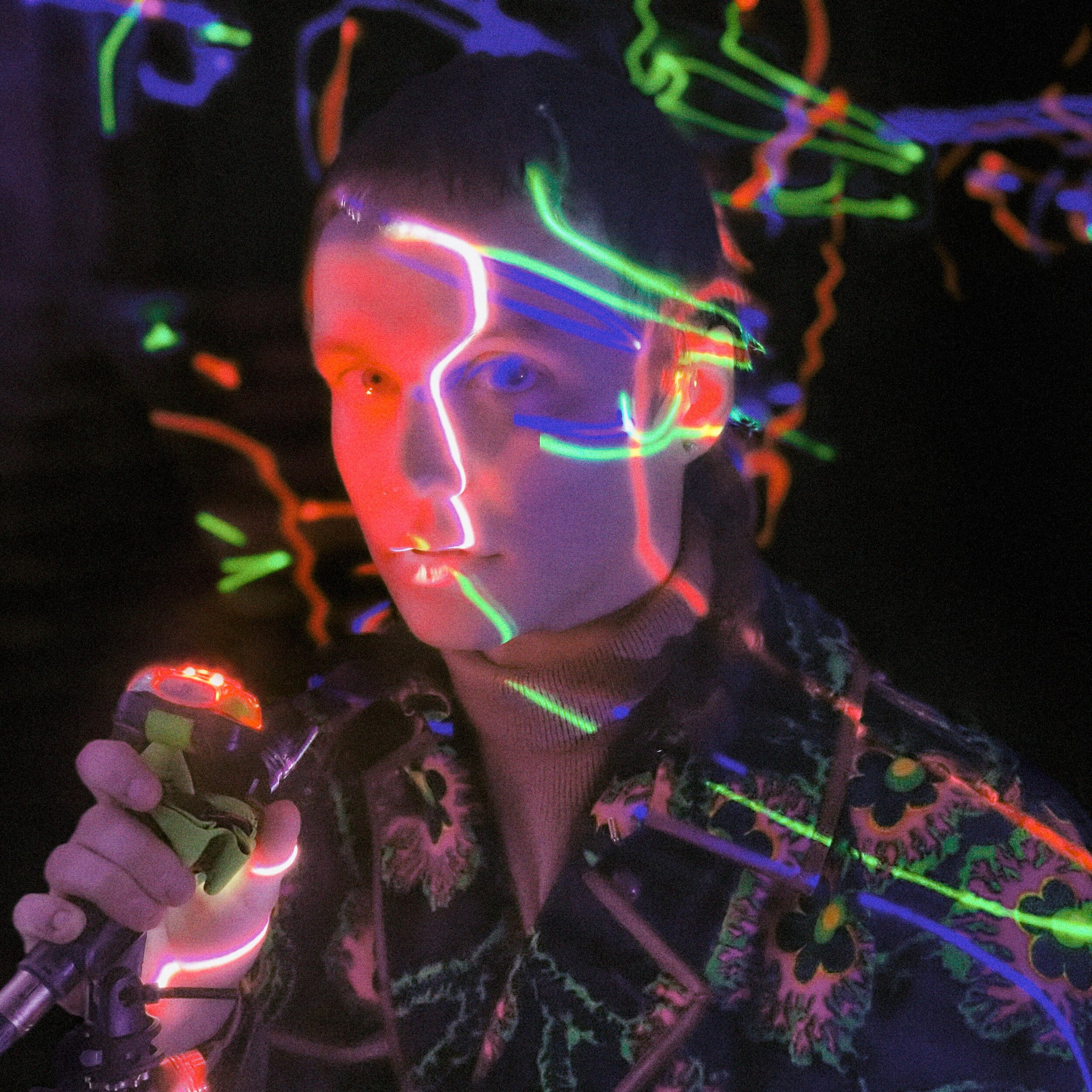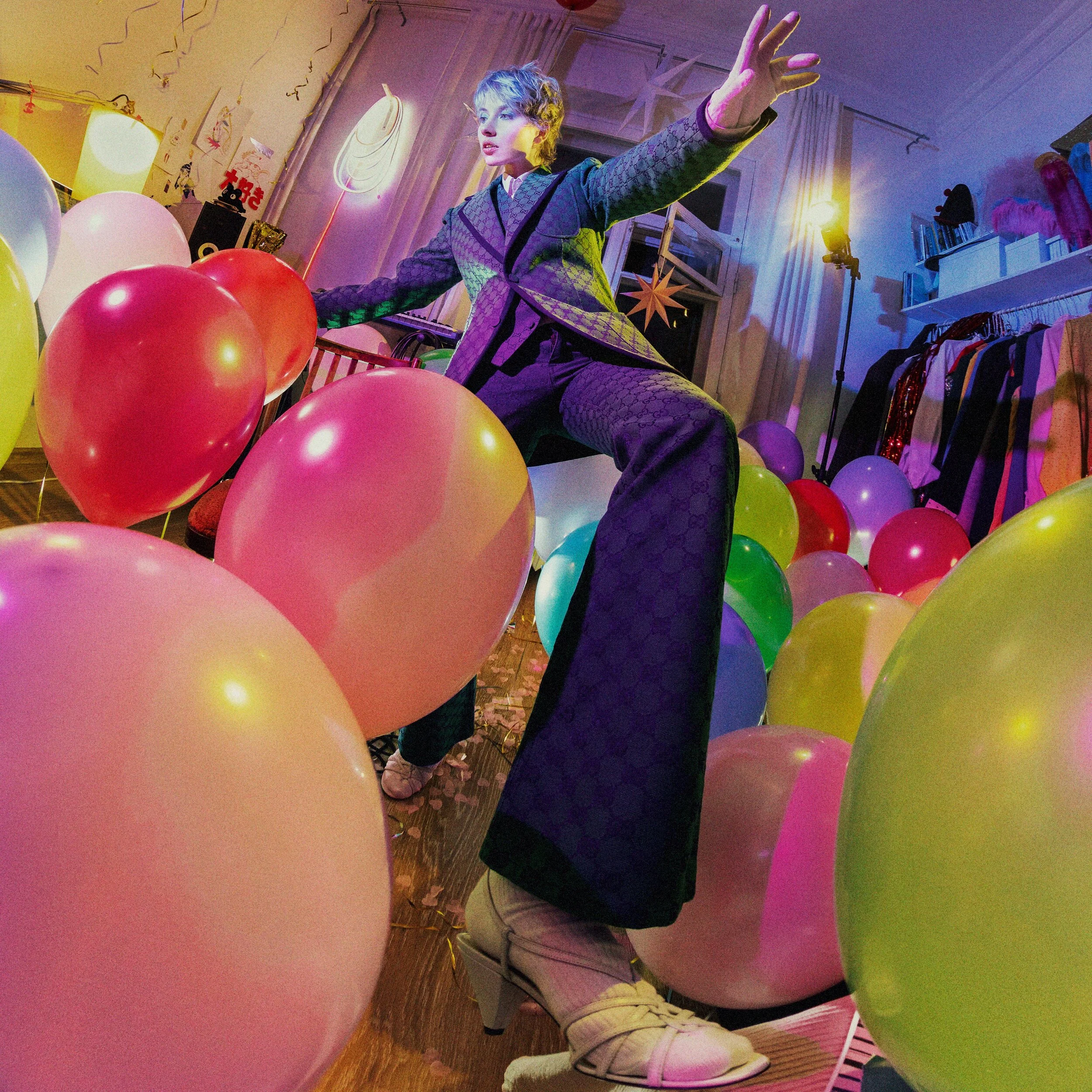Does a T-shirt bring to mind cauliflower? Or sweatpants, a bunch of carrots? As Heron Preston sees it, the parallel is purity.
“I’m a foodie. I think about ingredients,” the designer said when discussing season two of his bold collaboration with Calvin Klein. “Think about raw vegetables – the purest state of food, before you touch it with anything. I wanted to create a pure state of clothes, before touching them with embellishments.”
Sartorial purity goes to the heart of the spare Calvin Klein aesthetic, the legacy of one of fashion’s most stalwart minimalists. Preston’s approach upon undertaking the project was twofold: to infuse that heritage with a streetwear attitude while creating a new baseline of wardrobe essentials for the brand still in transition after the 2018 departure of creative director Raf Simons.
Heron presented his second and final collection at a townhouse on New York’s Lower East Side. In a lively conversation, he mused on reviving and renewing the Klein aura. “What is the purest state of a T-shirt? What is the purest state of a hoodie or pair of sweatpants or underwear or a bralette or a tank top? What is the purest state that can engage people all around the world? Once you start to embellish, you start to alienate certain audiences. I wanted to create this palette that was for everyone.”
That goal resulted in a strong, tightly edited range of T-shirts, sweats, jeans, underwear and one strategic puffer jacket, all of which Heron distinguishes with deft detailing and an elevated attitude. The buy-now Fall 2021 lineup offers often-oversized pieces cut to layer, for example, a trucker jacket short enough to show the T-shirt underneath, and underwear as outerwear, specifically bralettes, including one in a sweater knit.
Preston focused acutely on making the simple shapes special and instructed his team to “obsess over the details.” To that end, he can geek out discussing the length of a t-shirt, whether biker shorts should hit at the traditional spot above the knee or higher, and shrinking the band width on the women’s underwear – a modification that resulted directly from an archive discovery. And yes, people notice such nuance. Preston recalled a time when a friend noticed his white t-shirt; it had an underarm gusset. The curious friend was intrigued, and discussed the treatment for five minutes. “At that moment,” Preston said, “I realized, “‘Holy crap! This is what we want –people whose taste we admire to notice these details, and for the details to become the conversation. Then, all of a sudden, it’s no longer just a white T. It’s a lot more elevated.”
Another point of distinction: color. Preston worked primarily in frequent-wear neutrals (another geek-out moment came when he discovered in the archive Klein’s favorite shade of white: “He called it chalk!”). But the clothes incorporate bold accents, including ample shots of Preston’s signature orange. His affinity for the hue predates the Calvin gig, and goes back to a workwear uniform-based project he worked on in 2016 for which he utilized orange labels. About the same time, he started researching photographs of the heron bird, which has orange in its beak. “I decided that orange would kind of be my identity,” Preston noted. And so it became, resulting in some high-intensity collections, after which he realized that a well-placed shot here and there goes a long way. His Calvin Klein label features the brand logo with an orange bar overlay, while many of the clothes display meticulously thought-out accents: a single button, a rivet, stitching detail.
Another instance in which Preston deemed less more: the use of logos. To the surprise of his design team, he rejected the urge to splash giant, graphic CKs on sweatshirts and Ts, preferring to make “no compromises” on his vision of purity: “I really wanted to reset a story, to take it back to truly what is essential.”
That premise extended to not cluttering the message with too many options. Case in point: the puffer jacket. While through the design process, Preston and his team came up with numerous outerwear pieces, he ultimately eliminated all but one. Yes, he’d designed a good-looking rain jacket, but who wears rain jackets? Even in a downpour, “I still wear a puffer,” he said. “So do my friends and the team. That’s how we cut out the rain jacket. ‘Let’s just stick with a puffer, truly the most essential jacket for winter.’ That editing process was challenging and fun.”
Preston enlisted director Ricky Saiz, a friend since childhood, to shoot the campaign. It features still photos in a broadsheet presentation and a film about “hope,” both powerful and deeply moving. The casting boasts an interesting roster of new faces – skaters, musicians, models, students – a deliberate reference to Klein’s penchant for highlighting unknowns that also sets out to “see youth culture through a new lens.” Yet not exclusively so. To reflect the brand’s iconic place in fashion, Preston also wanted to include equally iconic personalities with cross-generational appeal. He thus engaged Nas and Savion Glover to appear along with the Gen Z set in print and on film, Glover dancing and Nas narrating off-camera. “For me,” Preston said, “it comes naturally and authentically to have a diverse group of people representing the work that I do. I’ve always done that with my own brand as well.”
As for the man whose name is on the label beneath the orange bar, Preston calls Klein “a genius, ahead of his time.” He considers the Nineties the brand’s highpoint that coincided with “a golden era of New York City.” It was that enduring spark that he sought to capture and modernize. “The whole idea was just to make it young and cool and real and relevant again, and relatable,” Preston explained. “This wasn’t a huge fashion-trendy exercise. This was about making real clothes for real people, and doing it with laser focus. I think we nailed it.”















